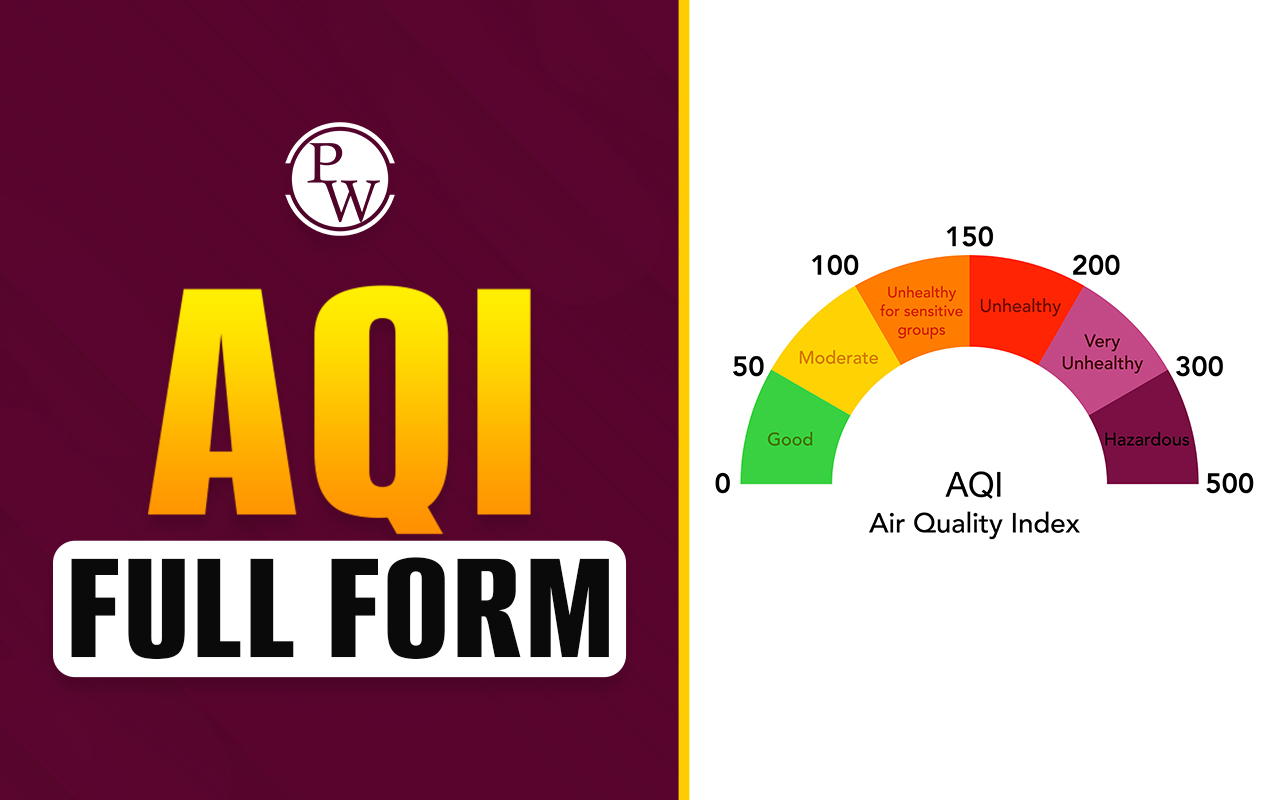
ATC stands for "Air Traffic Control." Aircraft are guided on the ground and through a specific area of regulated airspace by ground-based air traffic controllers. Besides these controllers are often referred to as control tower operators (CTOs). They can also offer advisory services to aircraft in uncontrolled airspace. The primary objectives of ATC are to:
- Prevent collisions
- Organize and expedite air traffic movement,
- Provide pilots with information and other support.
The ATC's Operation
Air traffic controllers track the positions of aircraft in the specified region. They interact with the captains via radio and radar. ATC enforces traffic separation regulations, which guarantee each aircraft maintains a minimum amount of space, to prevent crashes. Again all commercial, military, and private aircraft operating in the various nations' airspace are serviced by ATC.
Depending on the type of flight and the class of ATC issues directives that pilots follow. However, in emergencies, the pilot in command may diverge from ATC orders to the degree necessary. The pilot can act on his own only to maintain the safe operation of the aircraft.
ATC Towers
Visual surveillance from the airport control tower is the main means of managing the immediate airport environment. On the grounds of the airport, there is a tall, windowed building called the tower. Aircraft and vehicles operating on the airport's taxiways and runways, as well as aircraft in the air within a range of 5 to 10 nautical miles of the airport, must be kept apart and moved efficiently by air traffic controllers.
A controller's duties furthermore include accurate and efficient application of regulations and practice. Controller duties must be done under time constraints and with the flexibility to be changed as necessary.
The three main operational disciplines that tower controllers are responsible for are:
- Local control or air control
- Ground control
- Flight data/clearance delivery
It also includes other categories, like airport apron control in addition to ground movement planners, that may exist at particularly congested airports. The following gives a general idea of the delegation of responsibilities within the tower environment. While each tower may have unique airport-specific procedures, such as multiple teams of controllers (crews) at major or complex airports with multiple runways, each tower may also have its own unique procedures.
Flight Mappings and their Origin
Real-time flight tracking is based on volunteer ADS-B receivers and the air traffic control network. Each business keeps a website where the general public can access free, constantly updated facts on flight status. The whereabouts of airborne IFR air traffic anywhere in the FAA air traffic system can also be shown using standalone programs.
All business and commercial aircraft positions are mentioned. The programs may overlay a variety of maps onto air traffic, including:
- Geopolitical frontier
- Limits of Air Traffic Control Centers
- High-altitude jet routes
- Satellite cloud imaging
- Radar visuals.
Challenges Faced by Air Traffic Controllers
Air traffic:
The level of air traffic obligations imposed on the system and the weather are the main causes of the day-to-day issues the air traffic control system encounters. The volume of traffic that can arrive at a terminal in a specific period of time is determined by a number of parameters. Lastly, prior to the next descending aircraft crossing the runway's approaching end, the first one must evacuate. For each aircraft, this procedure takes a minimum of one and a maximum of four minutes.
When an airport can't realistically manage the number of arrivals that are scheduled by airlines, or when difficulties occur elsewhere such that numerous airplanes are scheduled to arrive simultaneously without sufficient time intervals, problems arise.
Weather:
The weather is a significant factor in traffic capacity in addition to runway capacity issues. Rain, ice, snow, or hail on the runway makes it harder for landing aircraft to slow down and take off, which lowers the rate of safe arrival and necessitates extra distance between landing aircraft.
Fog necessitates a reduction in lending rates as well. These in turn lengthen holding aircraft's airborne delay. Firstly ground delay programme may be formed, delaying aircraft on the ground before departure owing to circumstances at the arrival airport, if there are more scheduled aircraft that can be held in the air safely and effectively.
Software development for this technique has cost a lot of money. Air traffic controllers at some ACCs still manually plan each aircraft's route and enter data for each flight on strips of paper.
Congestion:
Increasing traffic and limited control capacity cause flight delays and cancellations. By minimizing holding sequences and circuitous airways, more effective ATC might reduce aircraft fuel consumption by 5% to 10%. In China, the military occupies 80% of the airspace, clogging the few aeroplane-accessible lanes. The only time that Britain closes its military airspace is during air force drills.
[wp-faq-schema title=" Full Form of ATC FAQs" accordion=1]
Is it possible to join ATC soon after 12th grade?
What is the salary of an air traffic controller in India?
What are the requirements for ATC?










